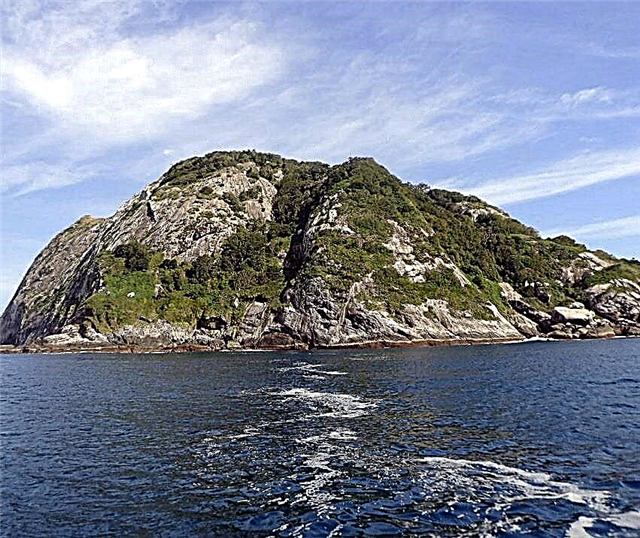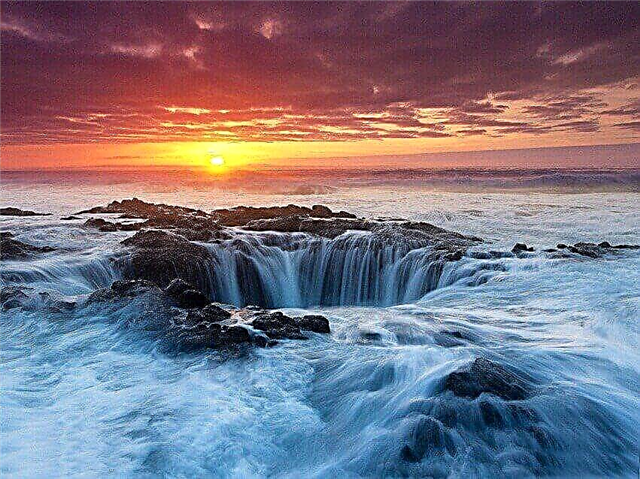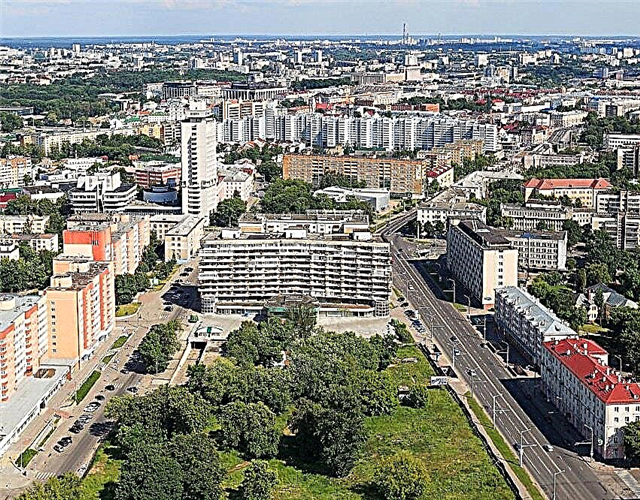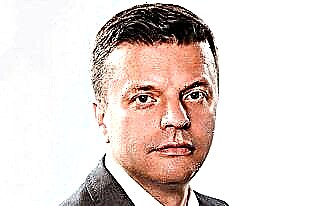Rostov-on-Don cannot boast of a history stretching back millennia. For some 250 years, a modest settlement has turned into a flourishing metropolis. At the same time, the city managed to survive the catastrophic destruction caused by the Nazi invaders, and was reborn more beautifully than before. Rostov-on-Don also developed in the 1990s, which were disastrous for most Russian cities. The Musical Theater and the Don Library were opened in the city, a number of cultural heritage sites were restored, skating rinks, hotels and other cultural and leisure institutions were built. The city received a new impetus for development during the preparation for the World Cup. Now Rostov-on-Don can rightfully be considered the capital of the south of Russia. The city combines the dynamics of modernity and respect for historical traditions.

1. Rostov-on-Don was founded in 1749 as a customs post. Moreover, there was no customs border in the current sense of the word in the area of the "Bogaty well" tract, where Empress Elizabeth ordered to arrange customs. There was simply a convenient place for inspection and collection of fees from caravans going to Turkey and back.
2. The first industrial enterprise in Rostov was a brick factory. It was built in order to get a brick for building a fortress.
3. The Rostov fortress was the most powerful among the fortresses in the south of Russia, but its defenders did not have to fire a single shot - the borders of the Russian Empire moved far to the south.

4. The name “Rostov” was approved by a special decree of Alexander I in 1806. Rostov received the status of a district town in 1811. In 1887, after the transfer of the district to the Don Cossack Region, the city became a district center. In 1928 Rostov was united with Nakhichevan-on-Don, and in 1937 the Rostov Region was formed.
5. Having originated as a merchant city, Rostov quickly became an industrial center. Moreover, foreign capital actively participated in the development of the city, whose interests were protected by consulates of 17 states.
6. The first hospital in the city appeared in 1856. Before that, only a small military hospital operated.
7. The appearance of a university in Rostov is also indirectly connected with the hospital. The hospital's chief doctor, Nikolai Pariysky, harassed the authorities with demands to open at least a medical faculty in Rostov and even persuaded the townspeople to collect 2 million rubles for this undertaking. However, the government constantly refused to Rostovites. Only after the outbreak of the First World War, Warsaw University was evacuated to Rostov, and in 1915 the first higher educational institution appeared in the city.
8. In Rostov-on-Don, on August 3, 1929, the first automatic telephone exchange in Russia began its work (the telephone network itself appeared in 1886). The station was built “with a reserve” - about 3,500 subscribers had telephones in the city, and the station's capacity was 6,000.
9. There was a unique Voroshilovsky bridge in the city, the parts of which were connected with glue. However, in the 2010s, it began to deteriorate, and a new bridge was built for the World Cup, which received the same name.

10. You can write a full-fledged action-packed story about the history of the construction of a water supply system in Rostov. This story dragged on for over 20 years and ended in 1865. The city also has a water supply museum and a water supply monument.
11. During the Great Patriotic War, the Germans occupied Rostov-on-Don twice. The second occupation of the city was so rapid that a huge number of citizens did not manage to evacuate. As a result, the Nazis shot about 30,000 prisoners of war and civilians in the Zmiyovskaya Balka.

12. Mikhail Sholokhov and Konstantin Paustovsky were the editors of the Rostov newspaper Don.
13. The Academic Drama Theater, now named after A. Gorky, was founded in 1863. In 1930-1935 a new building was built for the theater, stylized as a silhouette of a tractor. The retreating fascists blew up the theater building, like most of the significant buildings in Rostov-on-Don. The theater was restored only in 1963. The Museum of the History of Architecture in London houses its model - the theater building is recognized as a masterpiece of constructivism.

Academic Drama Theater. A. M. Gorky
14. In 1999, a new building of the Musical Theater was built in Rostov-on-Don, in the shape of a grand piano with an open lid. In 2008, the first in Russia webcast of the theatrical premiere took place from the theater hall - "Carmen" by Georges Bizet was shown.

Musical theater building
15. Rostov is called the port of the five seas, although the nearest sea is 46 kilometers from it. The Don and a system of canals connect the city with the seas.
16. Football club “Rostov” took second place in the Russian Championship and participated in the Champions League and the Europa League.
17.October 5, 2011, by a resolution of the Holy Synod, the Don Metropolia was formed with its center in Rostov. Since its inception, the Metropolitan is Mercury.
18. In addition to the traditional museum of local lore (opened in 1937) and the Museum of Fine Arts (1938), Rostov-on-Don has museums of the history of brewing, astronautics, the history of law enforcement agencies and railway technology.
19. Vasya Oblomov goes to Magadan from Rostov-on-Don. Also natives of the city are Irina Allegrova, Dmitry Dibrov and Basta.
20. Modern Rostov-on-Don with a population of 1 130 thousand people can theoretically become the third largest city in Russia after Moscow and St. Petersburg. For this, it is only necessary to legally formalize its actual merger with Aksai and Bataisk.









